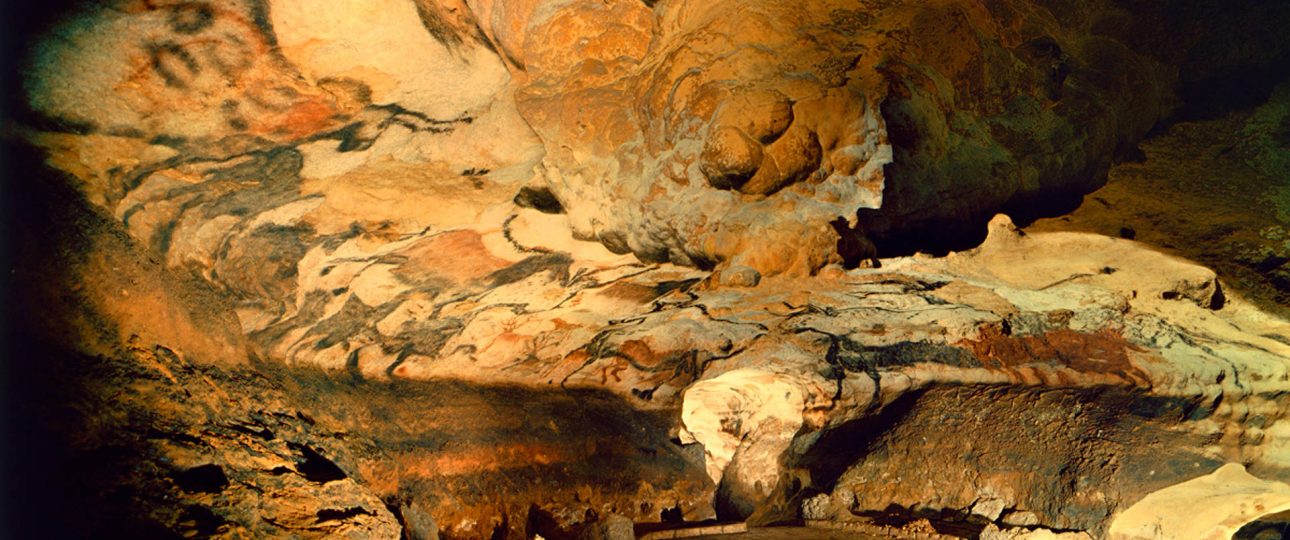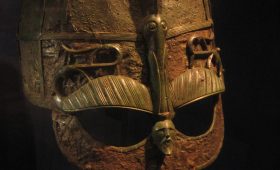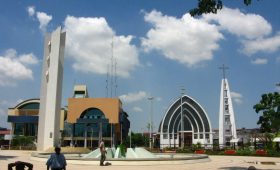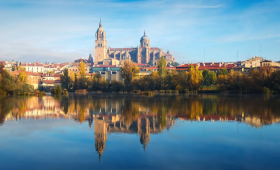Grotte de Lascaux: A Journey into Prehistoric Art
The Discovery of Grotte de Lascaux
In September 1940, Marcel Ravidat, an 18-year-old, discovered the entrance to the Lascaux Cave in southwestern France. Accompanied by three friends, Jacques Marsal, Georges Agnel, and Simon Coencas, they explored the cave, revealing walls adorned with prehistoric paintings. These artworks, estimated to be over 17,000 years old, depict animals like horses, bulls, and deer, showcasing the artistic prowess of our ancient ancestors.
The Significance of Grotte de Lascaux
The paintings in Grotte de Lascaux offer a rare glimpse into the lives and beliefs of prehistoric humans. The cave contains nearly 6,000 figures, categorized into animals, human figures, and abstract signs. Notably, the artworks lack depictions of the surrounding landscape or vegetation. The cave’s significance lies in its extensive collection of prehistoric art, making it a vital site for understanding human history and creativity.
When to Visit Grotte de Lascaux
While the original cave is closed to the public to preserve its delicate artworks, visitors can explore Lascaux II, a meticulously crafted replica. The best time to visit is during the shoulder seasons of spring or fall, avoiding the summer crowds. The weather remains pleasant, offering a more intimate experience.
Getting to Grotte de Lascaux
Located near Montignac in the Dordogne region, reaching Grotte de Lascaux involves a bit of planning:
- By Air: The nearest airport is Brive-Souillac Airport, about 30 kilometers from Montignac. From there, taxis or rental cars are available.
- By Train: While Montignac lacks a train station, nearby Les Eyzies-de-Tayac-Sireuil does. From there, a taxi or local bus can take you to Montignac.
- By Car: Renting a car offers flexibility. Montignac is accessible via major highways, with ample parking near the site.
Local Transportation in Montignac
Once in Montignac, reaching Lascaux II is straightforward. Buses run frequently from the town center, aligning with the replica’s opening hours. Alternatively, renting a bicycle is an eco-friendly option, as the terrain is relatively flat.
Exploring Grotte de Lascaux
Visitors can explore Lascaux II, located about 200 meters from the original cave. This replica faithfully recreates the Great Hall of the Bulls and the Painted Gallery, offering an immersive experience. The paintings were duplicated using materials like iron oxide, charcoal, and ochre, believed to be used by prehistoric artists. For a broader experience, Lascaux IV, part of the International Centre for Parietal Art, provides a comprehensive view of the cave’s art, integrating digital technology and workshops.
While the original cave remains closed to preserve its integrity, these replicas offer a unique opportunity to appreciate the artistry and history of Grotte de Lascaux. Remember to respect the site and follow any guidelines during your visit.




